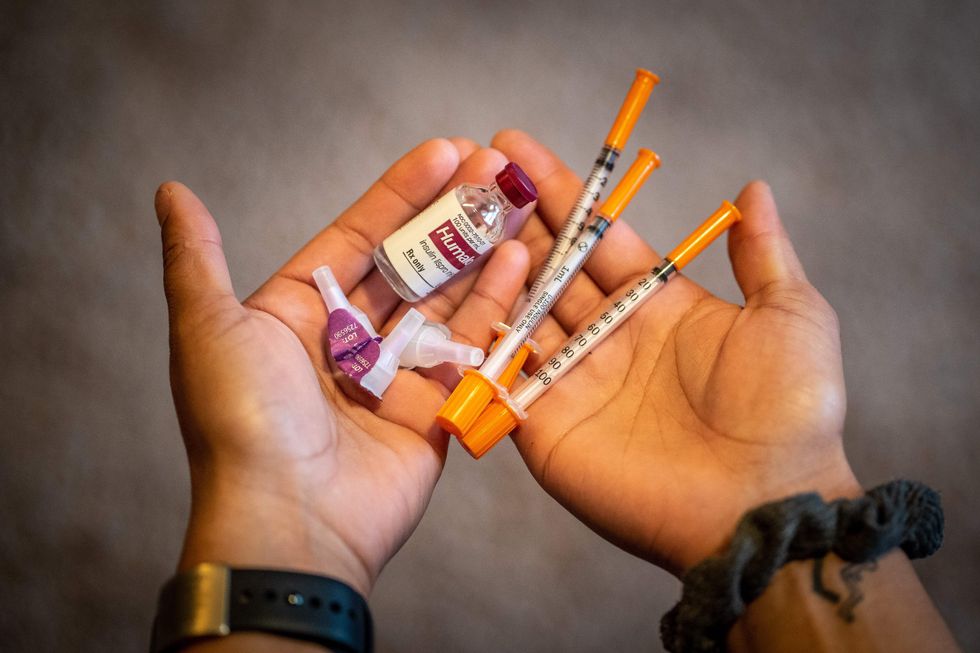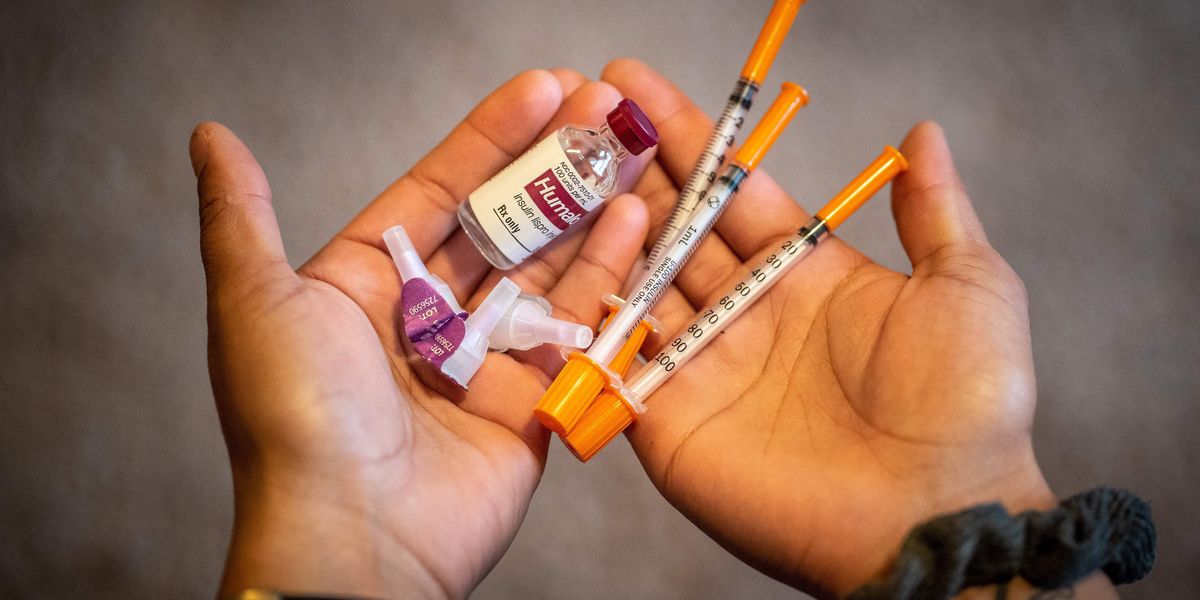
A provision capping Medicare recipients’ insulin copayments at $35 a month took effect on the first day of the new year, a change that Democratic Sen. Raphael Warnock applauded Tuesday as a crucial victory that lawmakers must work to extend to all people who need the lifesaving medicine.
“If you need insulin, you really need insulin—it is not a choice,” said Warnock (D-Ga.), whose December runoff win over Republican Herschel Walker helped Democrats secure a narrow majority in the U.S. Senate.
“I’m thrilled to see my provision to cap insulin costs for Medicare recipients finally take effect because, simply put, this measure will save lives,” Warnock added. “I’m going to continue working with my colleagues on both sides of the aisle to make insulin affordable for all Georgians and Americans.”
Warnock spearheaded the push to include the broadly popular insulin copay cap in the Inflation Reduction Act, which contains a number of modest provisions aimed at lowering sky-high prescription drug costs. Under the new law, Medicare Part D recipients won’t have to pay more than $35 a month for covered insulin products.
The AARP’s Dena Bunis notes that “beginning on July 1, Medicare enrollees who take their insulin through a pump as part of the Part B durable medical equipment benefit will not have to pay a deductible and they will also benefit from the $35 copay cap.”
Patricia McKenzie, a Medicare recipient who lives in Lithonia, Georgia, welcomed the new copay cap, saying it will help her pay for the Humalog insulin she uses to treat her diabetes.
“I live with high blood pressure as well as insulin-dependent diabetes,” said McKenzie. “I live on a fixed income, so I have to plan carefully in order to afford my prescriptions. The new $35 copay cap for my insulin will ensure I can afford my insulin for as long as I need it.”
Another patient, Steven Hadfield of Charlotte, North Carolina, said his insulin “carries a monthly list price of $283, which only adds to the large financial burden of my other drugs.”
“Over the past year, I’ve gone without my Lantus [insulin] at times because of its cost,” added Hadfield, who lives with blood cancer and Type 2 diabetes. “Now, it will only cost me $35, which will bring me more consistency and, for the first time, lower my drug costs.”
“The new $35 copay cap for my insulin will ensure I can afford my insulin for as long as I need it.”
The Inflation Reduction Act originally included a broader $35-per-month insulin copay cap for people with private insurance, but Republicans used a parliamentary maneuver to strip out the provision, leaving only the Medicare cap intact.
The exclusion of people with private insurance and the uninsured from the new insulin copay cap means the majority of people with diabetes in the U.S. won’t benefit.
According to a study published in the Annals of Internal Medicine in October, 1.3 million U.S. adults with diabetes are forced to ration insulin due to the cost of the medicine, which is significantly higher than in other wealthy nations. Skipping insulin treatments is dangerous and can be life-threatening.
The study found that “among adults aged 65 years or older, 11.2% rationed insulin… versus 20.4% of younger persons.”
“Universal access to insulin, without cost barriers, is urgently needed,” Adam Gaffney, an ICU doctor at the Cambridge Health Alliance and the lead author of the study, toldNBC News following publication of the research. “We have allowed pharmaceutical companies to set the agenda, and that is coming at the cost to our patients.”




